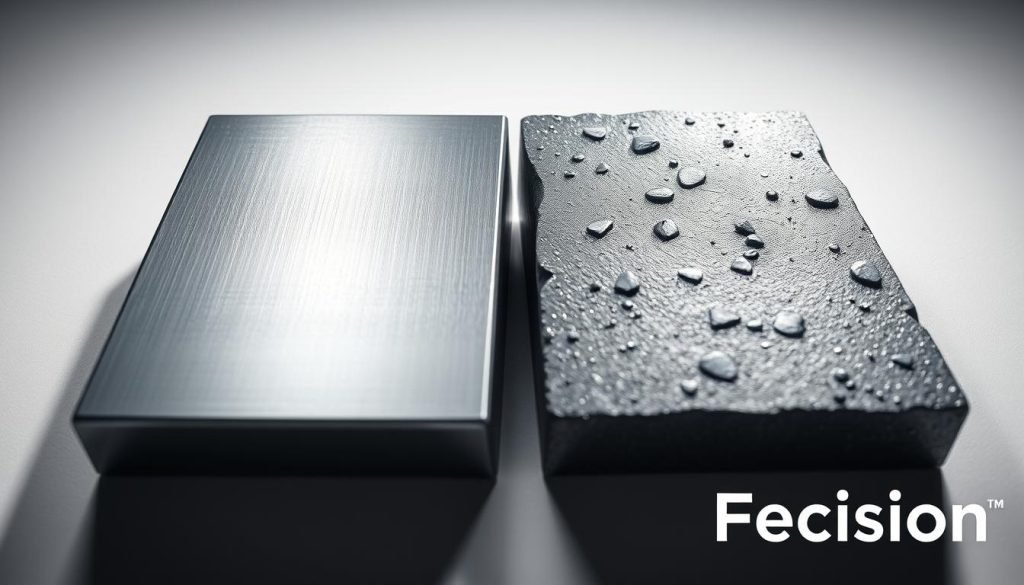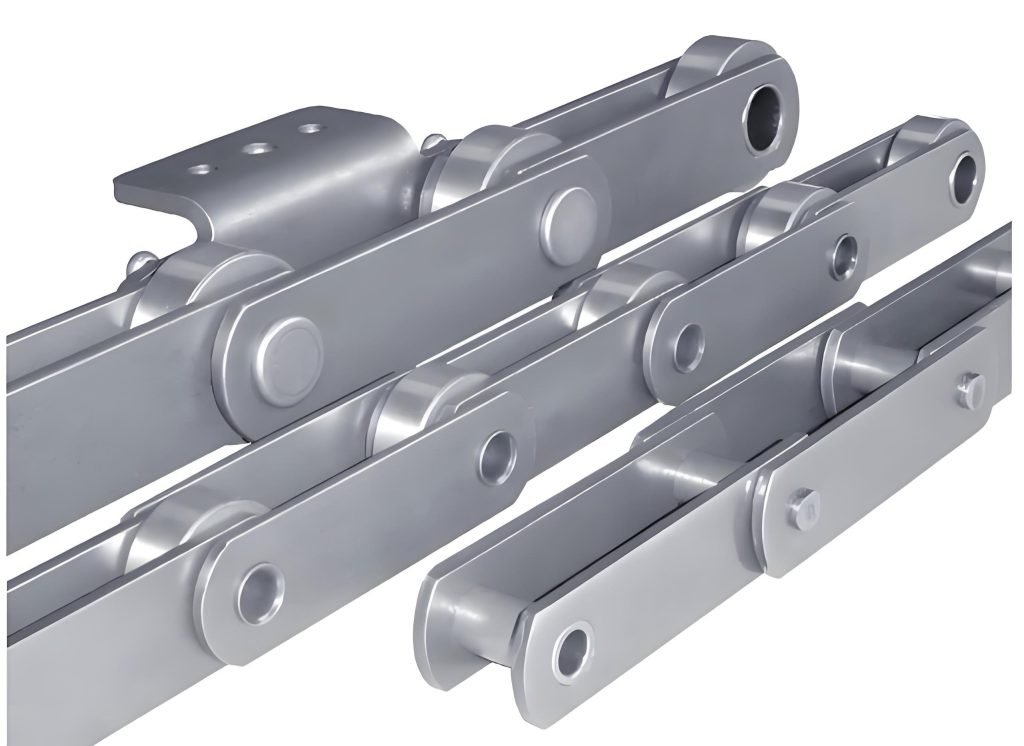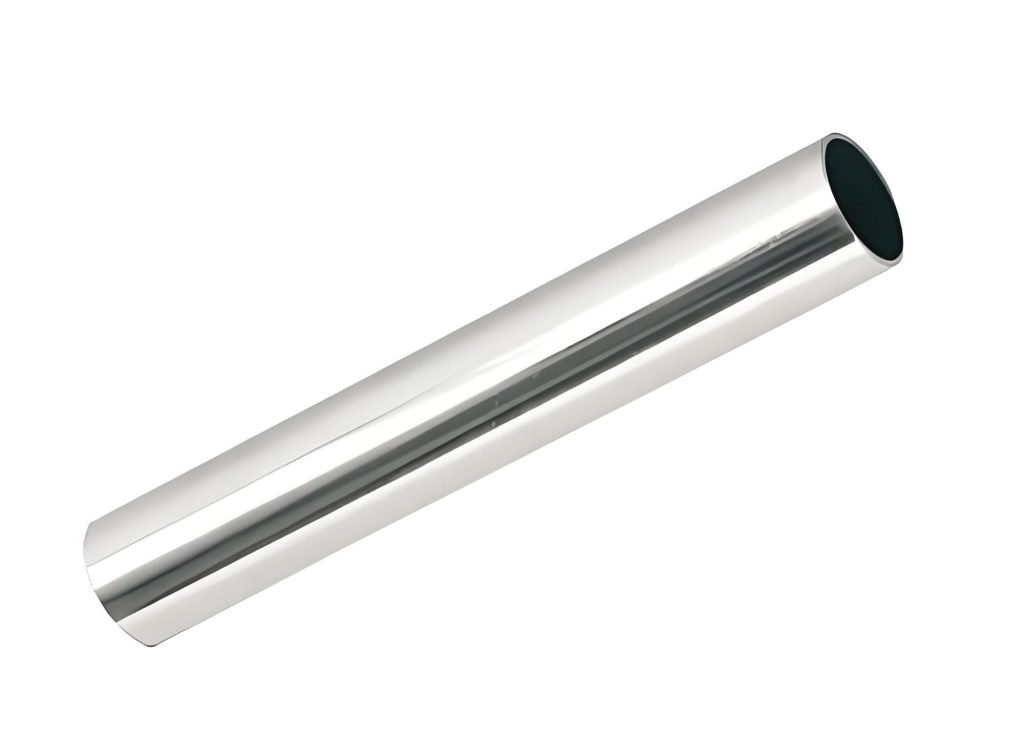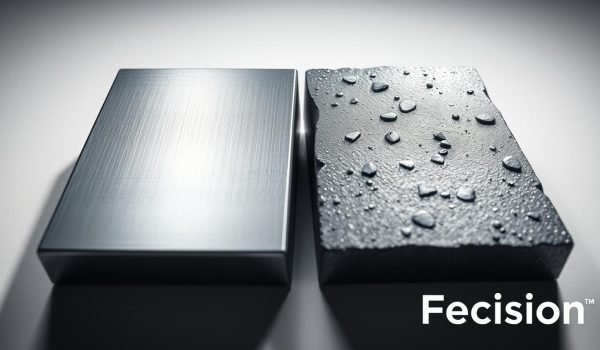
When choosing materials for manufacturing, you’re often faced with a critical decision: selecting between stainless steel and carbon steel. Both types of steel have distinct properties that affect their performance and applications. But what makes them different, and how do you decide which one is right for your project?
The main distinction lies in their composition. Stainless steel contains a minimum of 10.5% chromium by mass, creating a protective barrier against corrosion. On the other hand, carbon steel is characterized by its higher carbon content, making it stronger and harder but more susceptible to rust.
Understanding these differences is crucial for making informed decisions about your manufacturing needs.
Understanding Carbon Steel: Properties and Characteristics
Understanding carbon steel requires a look into its composition and the characteristics that define its applications. You will gain insight into what makes carbon steel a preferred choice for various uses, from construction to tool-making.
Composition and Definition of Carbon Steel
Carbon steel is primarily composed of iron and carbon, with the carbon content ranging between 0.02% and 2.1% by weight. According to the American Iron and Steel Institute (AISI), carbon steel is defined by its lack of minimum chromium content and specific limits on other alloying elements like manganese, silicon, and copper.
| Element | Content Limit |
| Manganese | Up to 1.65% |
| Silicon | Up to 0.6% |
| Copper | Up to 0.6% |
Key Properties of Carbon Steel
The properties of carbon steel vary significantly with its carbon content. Low-carbon steels are softer and more workable, while high-carbon steels offer superior strength and hardness. This versatility makes carbon steel suitable for a wide range of applications.
Advantages and Limitations of Carbon Steel
Carbon steel’s advantages include its exceptional strength, durability, and ability to be sharpened to a fine edge, making it ideal for cutting tools and structural applications. However, its susceptibility to corrosion and rust when exposed to moisture is a significant limitation, requiring proper maintenance and care.
You should now have a comprehensive understanding of carbon steel’s properties and characteristics, helping you make informed decisions about its use in various applications.

Exploring Stainless Steel vs Carbon Steel: The Fundamental Differences
When it comes to choosing between stainless steel and carbon steel, understanding their fundamental differences is crucial. You need to consider the properties and characteristics that make each material suitable for different applications.
The primary difference between stainless steel and carbon steel lies in their chemical composition. Stainless steel contains a minimum of 10.5% chromium, which forms a protective layer against corrosion and rust.
Chemical Composition Comparison
The chemical composition of stainless steel and carbon steel varies significantly. Stainless steel is alloyed with chromium, which provides its corrosion-resistant properties. In contrast, carbon steel is primarily composed of iron and carbon, lacking the chromium content that gives stainless steel its unique characteristics.
Corrosion Resistance: Why Stainless Steel Doesn’t Rust
Stainless steel’s corrosion resistance is attributed to the chromium content, which forms a passive oxide layer on its surface. This layer prevents oxygen from reaching the underlying iron, thereby preventing rust. Carbon steel, on the other hand, is prone to oxidation and rust when exposed to moisture.
Appearance and Aesthetic Differences
The appearance of stainless steel and carbon steel differs significantly. Stainless steel maintains its shiny appearance over time, making it suitable for decorative applications. Carbon steel, however, develops a patina as it ages, which some people find appealing but others consider a drawback.
Understanding these differences will help you make an informed decision when choosing between stainless steel and carbon steel for your specific needs.
Applications and Uses: When to Choose Each Type
Both carbon steel and stainless steel have unique properties that make them suitable for different uses. Understanding these differences is key to selecting the right material for your specific needs.
Common Applications for Carbon Steel
Carbon steel is commonly used for structural components like beams and girders due to its high strength and durability. It’s also preferred for tools requiring strength, such as hammers and wrenches, and for cutting implements like knives and blades where hardness is crucial. Additionally, carbon steel is used in machinery parts that need to withstand heavy wear and tear.
Ideal Uses for Stainless Steel
Stainless steel, on the other hand, is the material of choice for applications that require corrosion resistance. It’s widely used in food preparation equipment, medical devices, and outdoor installations exposed to moisture or chemicals. The hygiene and cleanliness requirements in food processing and medical environments also make stainless steel an ideal choice due to its ease of cleaning and resistance to bacterial growth.

Industry-Specific Considerations
When deciding between carbon steel and stainless steel, industry-specific considerations such as cost, maintenance requirements, and environmental conditions play a significant role. For instance, while carbon steel may be more economical for large structural components, stainless steel offers better long-term value in corrosive environments due to its lower maintenance needs and longer lifespan. Understanding these factors will help you make an informed decision that meets your project’s performance expectations and budget.
Making the Right Choice: Carbon Steel vs Stainless Steel for Your Needs
The decision between carbon steel and stainless steel hinges on your application’s requirements and environmental conditions. To make an informed choice, consider the operating environment, including temperature, humidity, and exposure to chemicals. For instance, if your project involves exposure to moisture or corrosive substances, stainless steel is likely a better choice due to its superior corrosion resistance.
Your willingness and ability to perform maintenance also play a crucial role. Carbon steel requires more upkeep than stainless steel, which can be a significant factor if you prefer lower maintenance costs over time. On the other hand, if you need high hardness and strength, carbon steel might be more suitable, especially for applications like knives and tools.
Cost considerations are another vital aspect. While carbon steel is generally cheaper upfront, its long-term maintenance costs can be higher. In contrast, stainless steel, though more expensive initially, may offer lower maintenance costs over its lifespan.
To maximize the performance and longevity of either material, proper design, treatment, and maintenance practices are essential. By understanding the properties and characteristics of both carbon steel and stainless steel, you can make a more informed decision that meets your specific needs and application requirements.
Ultimately, the choice between carbon steel and stainless steel should be based on a thorough evaluation of your needs, including the application’s requirements, environmental conditions, and maintenance capabilities. By doing so, you can ensure that you select the most appropriate steel type for your project, optimizing its performance, durability, and overall value.




